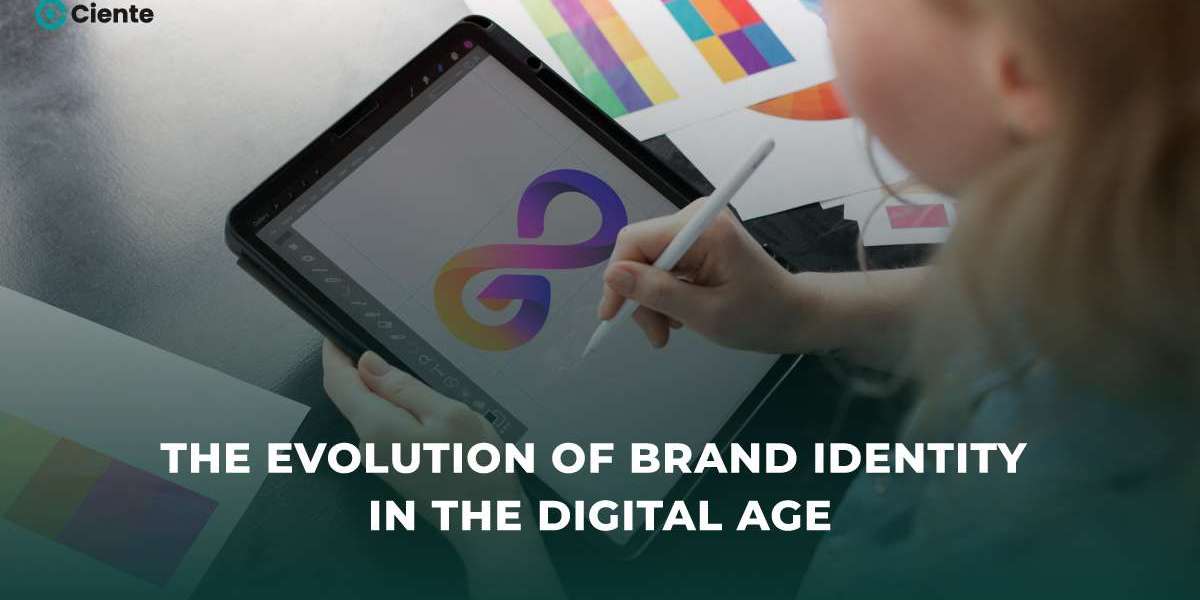In today’s hyperconnected world, the evolution of brand identity has shifted dramatically with the rise of digital platforms. As companies navigate the digital age, adapting to new trends and technologies like Martech (marketing technology) has become essential to build and sustain a brand's presence. The tech landscape has completely changed how brands create, communicate, and maintain their identities. Whether it's through social media, websites, or mobile apps, companies now have numerous digital touchpoints to interact with their target audience.
The Shift to Digital Platforms
Historically, brand identity was shaped by traditional media—TV, radio, print, and outdoor advertising. But as the internet grew, particularly with the rise of social media, businesses found new avenues to project their identities. A strong online presence became vital as consumers increasingly turned to digital channels for product research, reviews, and purchases.
In the digital age, brand identity encompasses more than just logos and taglines. It’s an interactive, evolving experience shaped by customer feedback, online reviews, and the dynamic nature of social media platforms. With this shift, brands must be more agile, responsive, and consistent across all digital platforms to remain relevant and trusted.
The Role of Martech in Shaping Brand Identity
One of the most significant drivers of this evolution has been the integration of Martech—a blend of marketing and technology. Martech tools allow businesses to gather data, analyze consumer behavior, and create personalized experiences, which are crucial for crafting a brand identity that resonates with modern audiences.
Personalization, in particular, has become a key component of a successful brand identity strategy. Martech solutions help businesses track individual customer preferences and create tailored messages that reflect their needs and interests. This data-driven approach ensures that the brand identity remains consistent but can also be adapted to meet individual expectations.
Branding Through Social Media and Digital Storytelling
With social media platforms like Instagram, Facebook, and Twitter, brands now have the ability to communicate directly with their audience. Through these platforms, companies can craft digital stories that reflect their identity and values. Visual content, user-generated posts, and real-time engagement help brands stay relevant in a fast-moving world. This real-time feedback loop is something brands in the pre-digital age could only dream of.
Additionally, influencers and brand advocates play an important role in shaping a company's identity. Their organic promotion of products or services adds a layer of authenticity and helps to humanize the brand. Companies now collaborate with influencers to create campaigns that align with their identity, further spreading their message to a broader audience.
The Importance of Consistency in a Fragmented Digital World
While digital platforms offer brands endless possibilities to connect with customers, they also create the challenge of maintaining consistency. Brands must ensure that their messaging, visuals, and tone of voice are aligned across all digital channels. Inconsistent branding can lead to confusion and distrust among consumers.
A key aspect of maintaining consistency is ensuring that all customer touchpoints—from websites to email newsletters to social media posts—reflect the same values, personality, and tone. Customers need to recognize and feel the brand's identity no matter how or where they encounter it.
Adapting Brand Identity to New Technologies
As technology continues to evolve, brands are exploring new ways to communicate their identity. Artificial intelligence (AI) and virtual reality (VR) are opening up fresh possibilities for customer interaction and engagement. Brands are using chatbots, personalized AI-powered customer service, and immersive VR experiences to enhance the customer journey and create unique brand identities.
With the rise of e-commerce, companies have also adapted their brand identity strategies to accommodate online shopping trends. Digital-first brands like Warby Parker and Glossier have built their identities around seamless online experiences, creating a strong sense of brand loyalty by leveraging their online presence effectively.
Building Trust and Authenticity in the Digital Age
In a world where customers are bombarded with information, building trust has never been more important for brands. Authenticity has become a key component of brand identity. Consumers expect brands to be transparent, socially responsible, and to stand for something beyond just profit. Companies that succeed in the digital era are those that authentically align their values with their business practices.
For example, brands like Patagonia have built their identity on sustainability and environmental responsibility. Their actions and communications consistently reflect these values, which helps them build trust with environmentally-conscious consumers.
Conclusion
The digital age has transformed how brands develop and communicate their identity. From integrating Martech for data-driven personalization to leveraging social media for real-time customer engagement, businesses now have a range of tools to shape their brand identity effectively. In this new landscape, adaptability, consistency, and authenticity are key. As technologies continue to evolve, brands must remain agile, constantly reassessing how they interact with their customers and express their identity.
Staying ahead in the digital age means embracing innovation without losing sight of the core values that define a brand's identity. By doing so, companies can not only craft a timeless brand identity, but also ensure it continues to evolve with the times.








